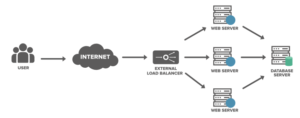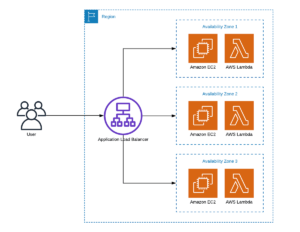
Introduction:
As technology continues to advance at a rapid pace, businesses rely heavily on various systems to run their operations smoothly. But how can you ensure that these systems are functioning optimally? This is where system monitoring comes into play. System monitoring involves keeping a close eye on the various components of a system, collecting data, and analyzing it to assess performance and identify potential issues.
Let’s dive deeper into the world of system monitoring and explore its use cases, advantages, and real-life examples.
What is System Monitoring?
System monitoring software is an umbrella category that enables organizations to manage, operate, and monitor IT systems in a centralized manner. System monitoring is often found as a core offering for many managed service providers that also delve into other aspects of application, infrastructure, and service monitoring. System monitoring is used by IT teams for things like configuration and security management, backup and restore capabilities, patch management, and more.
IT organizations use system monitoring to:
- Establish a baseline for system health and forward comparison
- Detect underlying problems before they negatively impact internal/external users
- Collect data when a problem occurs for the first time, enabling continuous improvement
- Enhance system security and performance
Use Cases of System Monitoring:
1. Proactive Issue Detection: System monitoring enables businesses to detect potential issues before they escalate into major problems. By continuously monitoring system performance metrics such as CPU usage, memory utilization, and network traffic, you can identify abnormalities and take prompt action to resolve them.
2. Capacity Planning: With system monitoring, you can analyze historical data to forecast future resource requirements. This allows you to plan for hardware upgrades, allocate resources effectively, and avoid performance bottlenecks.
3. Security: By monitoring system logs and user activity, you can quickly identify security breaches or unauthorized access attempts. This helps mitigate potential risks and maintain a secure environment for your business.
Advantages of System Monitoring:
1. Improved Performance: System monitoring provides insights into potential performance issues, allowing you to optimize your system’s performance. By identifying and resolving bottlenecks, you can ensure smooth and efficient operations.
2. Reduced Downtime: By proactively monitoring critical system components, you can identify and address issues before they lead to system failures or downtime. This minimizes the impact on your business operations and helps maintain a seamless workflow.
3. Cost Optimization: System monitoring helps you optimize resource allocation and identify areas where cost savings can be achieved. By analyzing resource utilization patterns, you can right-size your infrastructure and avoid unnecessary expenditures.
Real-Life Examples:
1. Netflix: The popular streaming platform relies heavily on system monitoring to ensure uninterrupted service delivery. By monitoring server performance, network latency, and user feedback, Netflix can identify and address potential issues before users experience any disruptions.
2. Amazon: With millions of transactions happening every day, Amazon relies on system monitoring to maintain its robust infrastructure. By monitoring server health, network traffic, and order processing metrics, they can guarantee a smooth shopping experience for their customers.
Conclusion
In conclusion, system monitoring is crucial in optimizing performance, reducing downtime, and maintaining a secure environment. By harnessing the power of system monitoring, businesses can unlock their full potential and stay ahead in today’s competitive landscape.



